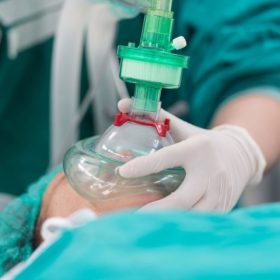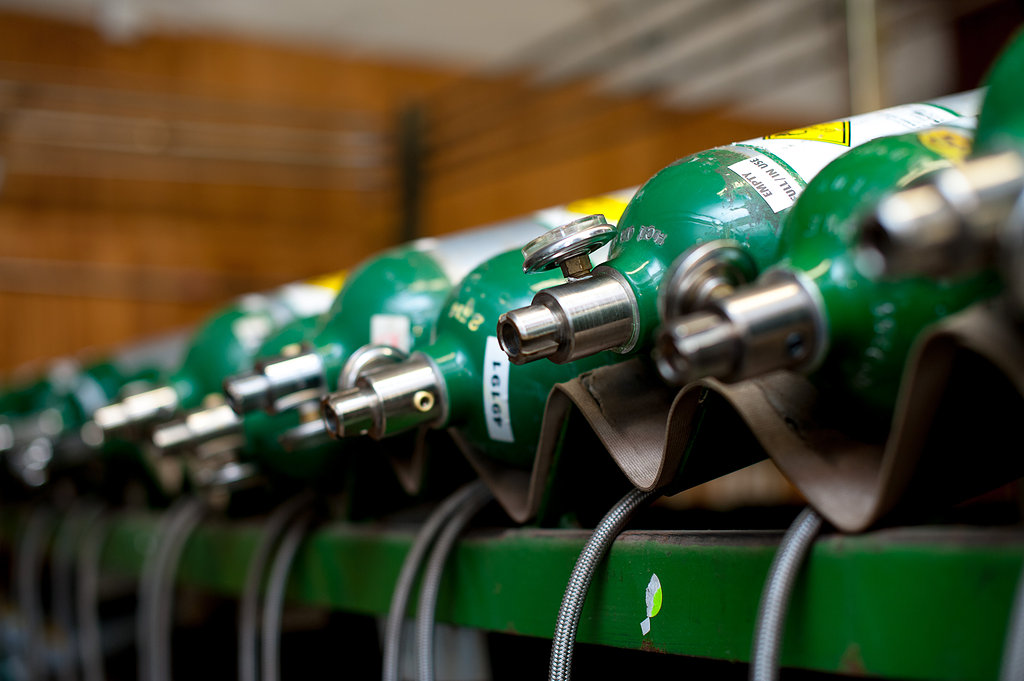Oxygen Enabling Life
Oxygen is the gas of life here on planet earth. For reasons only partially understood, the chemistry of our planet began to change about 2.5 billion years ago. Oxygen was released in massive quantities. The arrival of life followed soon thereafter. Without the buildup of our atmosphere which consists of a 21% oxygen (and 77% nitrogen) level where it currently stands, the planet would still be covered in algae, not human civilization. That means there would be no fishing, no hunting, and worst of all, no beer. We ten to think of life as carbon-based, but it is actually oxygen enabled.
For our customers and the industries that we support, oxygen is a critical gas that powers the construction of buildings and the lives of patients. But for the general public, oxygen was something that was largely taken for granted. Unless you were a scuba diver or a person that suffered from emphysema, oxygen was just there. Always.
How is the coronavirus affecting this?
The arrival of the SARS-CoV-2 virus (also known as COVID-19) has brought an entirely new focus on the role of oxygen as a life enabling gas. The virus penetrates the human respiratory tract and eventually wipes out the ability of a person to transfer oxygen from the atmosphere to red blood cells. To make up for the deficit, doctors use highly concentrated medical grade oxygen to help a victim’s lungs do the work that they are required to do.
As a result, the demand for medical oxygen has grown to three to five times what it normally is. As the disease in the US originally targeted the areas surrounding New York City, the initial uptick in demand centered there. Of course as the disease has proliferated, so has the excess demand for oxygen.
The good news is that our industry has the capacity to meet the extra demand. Because medical oxygen accounts for about 15% of the consumption of O2, a multi-fold increase in demand has not overwhelmed the industry. Fortunately, oxygen is a fungible commodity. Even as the demand for medical oxygen has increased and will continue to do so in the weeks ahead, the need for commercial oxygen has decreased due to the drop in industrial activity.
What is MO2 doing about it?
So, the challenge is not the supply of oxygen, but the supply chain convulsions that have landed in our industry in the same way that having kids and adults at home has moved the demand for toilet paper from one supply chain to another (I’ve discovered my kids use way more toilet paper than I thought). In fact, the biggest challenge have been the logistics, such as getting enough oxygen dewars, cylinders, bulk transports, and drivers that make this all possible.
Fortunately, Minneapolis Oxygen has continued to invest in major infrastructure to extract oxygen and deliver it through the channels required for all of our customers. Our Air Separation Unit, Absolute Air, is well underway in its construction. Once finished, we will be able to increase the amount of oxygen, nitrogen, and argon that we supply. Our ability to move our oxygen from a (currently) low demand industry (building construction) to a high demand one (the medical community) shows that MO2 is ready for the challenge. That is not to say that this redirection of demand is trivial, because it is not. The good news is that we are quickly moving to meet the needs of the medical community during these incredibly trying times.

